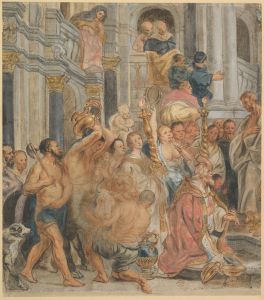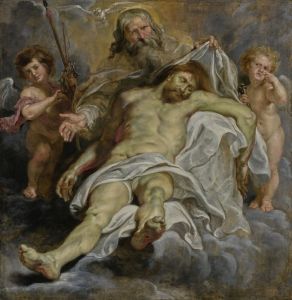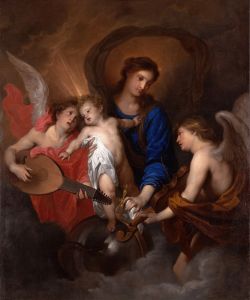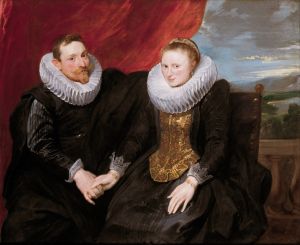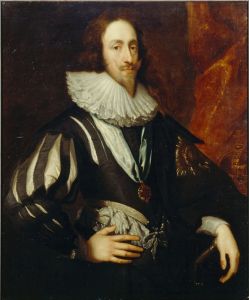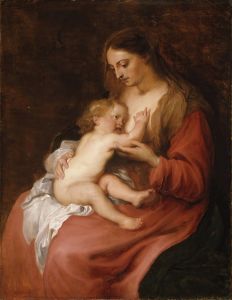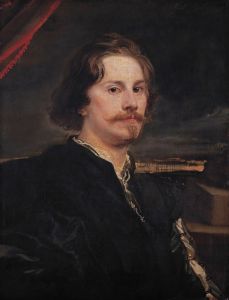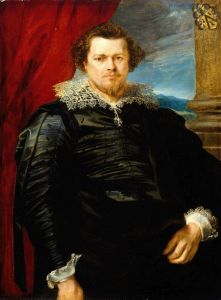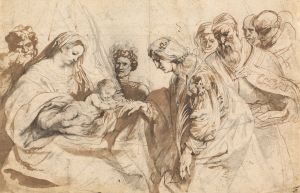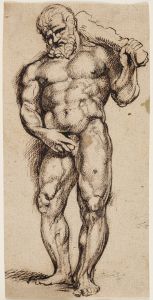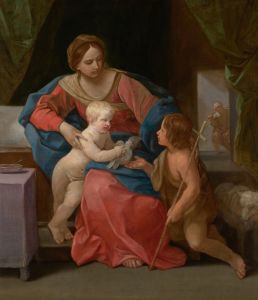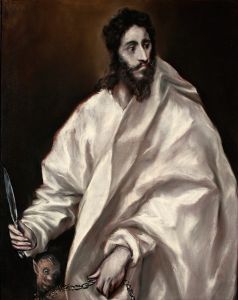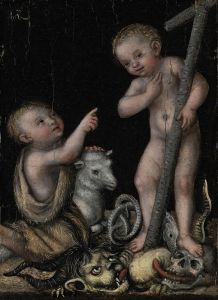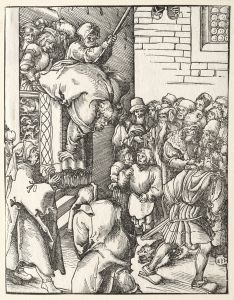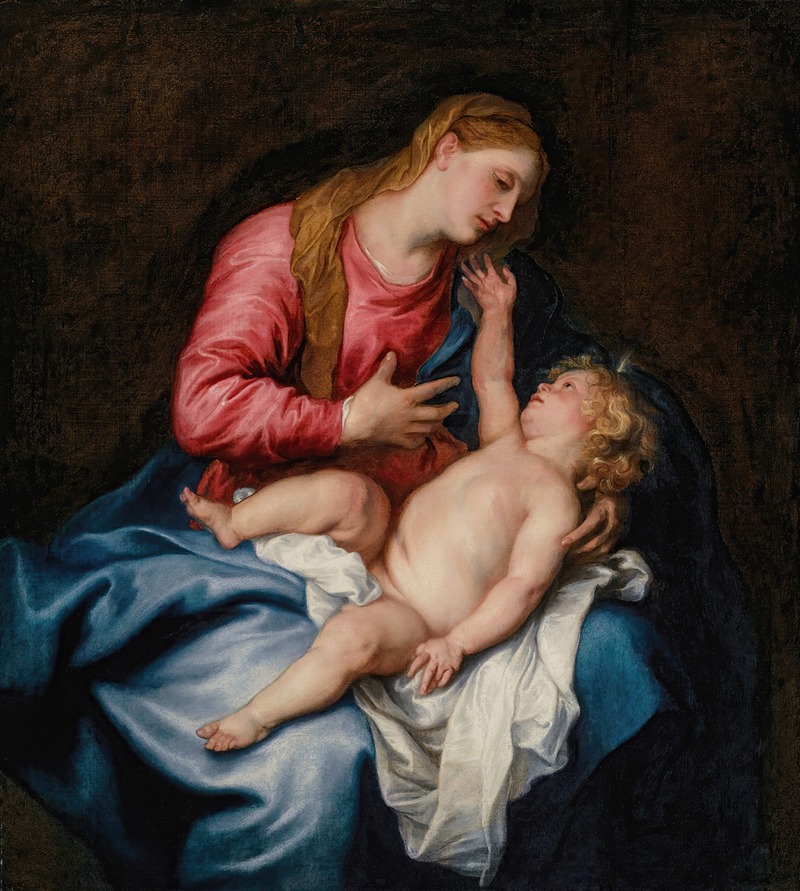
The Virgin and Child
A hand-painted replica of Anthony van Dyck’s masterpiece The Virgin and Child, meticulously crafted by professional artists to capture the true essence of the original. Each piece is created with museum-quality canvas and rare mineral pigments, carefully painted by experienced artists with delicate brushstrokes and rich, layered colors to perfectly recreate the texture of the original artwork. Unlike machine-printed reproductions, this hand-painted version brings the painting to life, infused with the artist’s emotions and skill in every stroke. Whether for personal collection or home decoration, it instantly elevates the artistic atmosphere of any space.
"The Virgin and Child" is a painting by the renowned Flemish Baroque artist Anthony van Dyck. Van Dyck, born in 1599 in Antwerp, was a prominent painter who became one of the leading court painters in Europe during the 17th century. He is best known for his portraits, but he also produced significant religious and mythological works.
This particular painting, "The Virgin and Child," depicts the Virgin Mary holding the infant Jesus. The composition is characterized by its tender and intimate portrayal of the mother and child, a common theme in Christian art that symbolizes purity, love, and divine grace. Van Dyck's skillful use of light and shadow, as well as his delicate rendering of the figures, exemplifies his mastery of the Baroque style, which is noted for its dramatic intensity and emotional depth.
The painting showcases Van Dyck's ability to convey human emotion and divine presence through his meticulous attention to detail and his sophisticated use of color. The Virgin Mary is often depicted wearing a blue mantle, symbolizing her purity and heavenly status, while the infant Jesus is typically shown in a state of innocence and vulnerability, emphasizing his humanity.
Van Dyck's "The Virgin and Child" reflects the influence of his mentor, Peter Paul Rubens, another great Flemish Baroque painter. Rubens' impact on Van Dyck is evident in the dynamic composition and the rich, vibrant palette. However, Van Dyck's work is distinguished by a more refined and elegant approach, which became his signature style.
The exact date of the painting is not definitively known, but it is believed to have been created during Van Dyck's early career, possibly around the 1620s, before he moved to England to become the court painter for King Charles I. During this period, Van Dyck was actively producing religious works, many of which were commissioned by churches and private patrons.
"The Virgin and Child" is housed in various collections, with several versions and copies attributed to Van Dyck and his workshop. This practice was common at the time, as successful compositions were often reproduced to meet the high demand from patrons. The painting's provenance, or history of ownership, includes notable collectors and institutions, reflecting its enduring appeal and significance in the history of art.
Van Dyck's contribution to the Baroque period and his influence on subsequent generations of artists cannot be overstated. His ability to blend the grandeur of the Baroque with a sense of personal intimacy and emotional resonance has secured his place as one of the great masters of European art.
In summary, "The Virgin and Child" by Anthony van Dyck is a quintessential example of Baroque religious painting, showcasing the artist's technical prowess and his ability to convey profound spiritual themes through his art. The painting remains a testament to Van Dyck's enduring legacy and his impact on the development of Western art.





